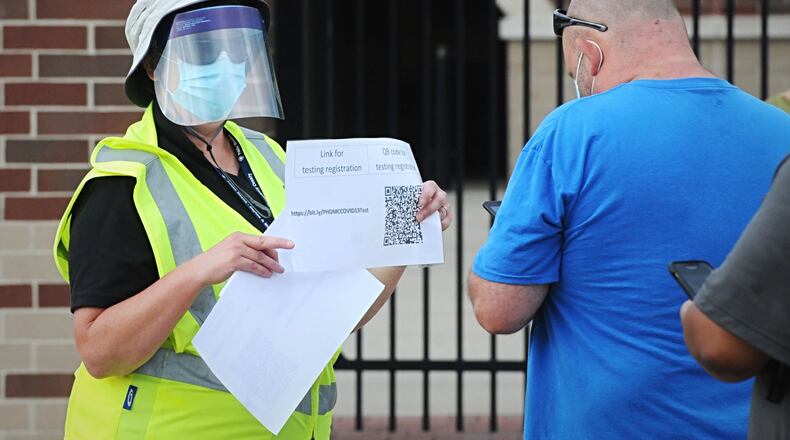The survey published in the Journal of the American Medical Association of 1,733 U.S. adults included a targeted sample of one-third adults who had previously had COVID-19, one-third who had not had COVID-19 and were vaccinated, and one-third who had not had COVID-19 and were unvaccinated.
Approximately 41.6% of the participants admitting to breaking quarantine measures and/or telling someone they were with or about to be with in person that they were taking more COVID-19 precautions than they actually were.
The most common reasons the respondents included for either misrepresenting information or not adhering to public health measures included wanting life to feel normal and wanting to exercise personal freedom. All age groups younger than 60 years and those who had greater distrust in science had significantly higher odds of misrepresentation and/or nonadherence.
Health departments also faced the challenge of COVID-19 being a novel virus, meaning that it had not been previously identified so information on how to respond to it was continually being updated.
“There have been competing ‘sources’ of information, those based in science and those that are not,” said Charles Patterson, health commissioner with the Clark County Combined Health District. “Then through research, ‘Science’ learned new and more, and things changed. This made communicating with the public a challenge since there was little understanding that this was a novel virus and we are still learning about it. The same principles stated above applies to the vaccine.”
Social media in particular was a challenge for local health departments. Dan Suffoletto, PHDMC public information manager, said people would sometimes seek out and gravitate more toward information that supported their own theories and beliefs.
Clark County faced similar issues, including in regard to the COVID-19 lockdowns and whether or not individuals believed closing and/or limiting non-essential businesses and activities had an effect on reducing the spread of COVID-19.
“There was so much misinformation at such high volumes on social media that it was almost impossible to combat,” Patterson said. “For instance, people say that the ‘shutdowns’ did not work, but do we really know? Did people adhere to the guidance? If not, is that why the ‘shutdowns’ did not work?”
Patterson also used the example of vaccines. While over 624 million doses of COVID-19 vaccines have been administered after those vaccines also underwent rigorous testing in clinical trials, a myth spread on social media that falsely claimed “everyone who got the mRNA vaccine would die in 1-2 years.” Patterson said this myth was obviously not true, but, “many people still believe it even though it has been proven to be false because we are still alive.”
Public health officials tried to tackle these hurdles by making sure their core messaging had the most accurate knowledge, as well as was simple to understand. Wentzel said they continually stressed the importance of getting vaccinated and staying home when sick.
“Those messages rang through the entire pandemic,” Wentzel said.
Health officials also worked with leaders in local communities to help them reach more individuals.
“We would go into communities and ask our community leaders and people who are trusted to help with our messaging,” Wentzel said. “They did a good job of getting the word out...relying on our community leaders was also a big help.”
The survey in the Journal of the American Medical Association recognized the “tremendous psychological, social, financial, and physical burdens” that following public health measures can involve, while also noting that “such misrepresentation and nonadherence may have placed others at risk of COVID-19.”
To schedule a vaccination with the updated COVID-19 booster, visit www.vaccines.gov to find a location near you.
About the Author

